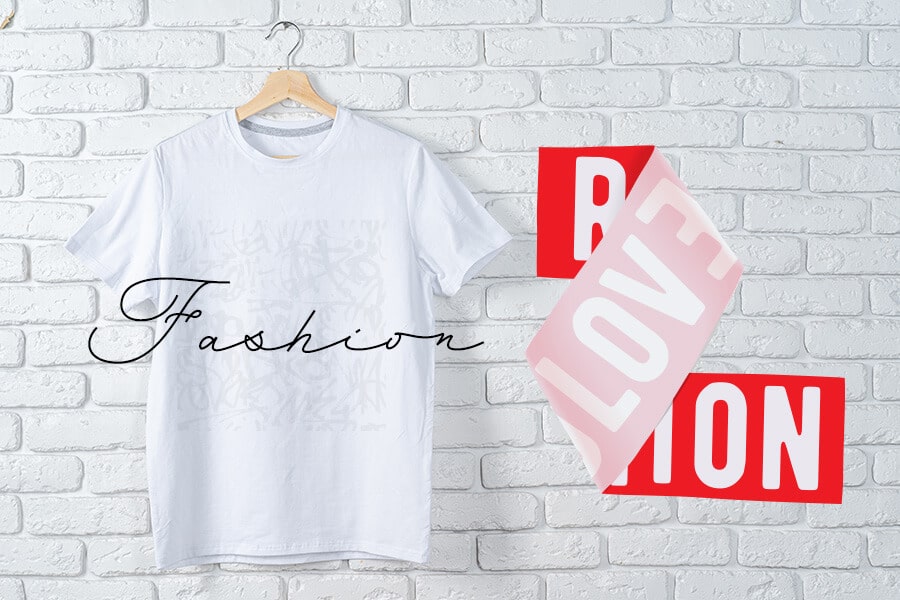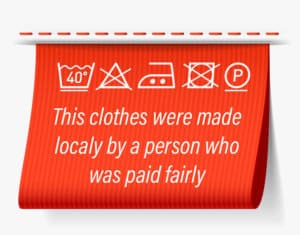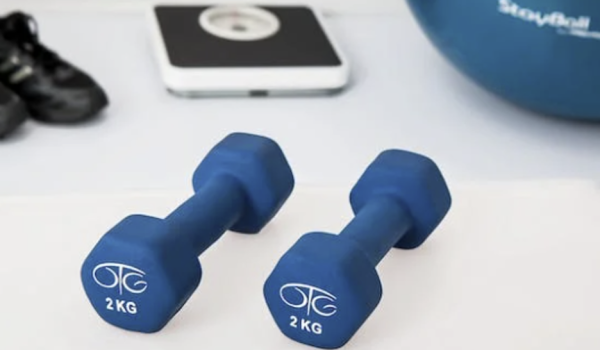Have you ever heard about Fashion Revolution? It is a movement that started in 2014 and that aimed to answer the question: Who made my clothes? Ever since, there has been an increased public awareness regarding the cycle of clothes-making. But how can we figure out which brands are complying with sustainability and which are not? Are there any steps we can take, so that we can also feel like we’re doing something to require that there must be more sustainable fashion? Read along to understand.
Fashion Revolution Day takes place each year on the 24th of April. This event is known as the anniversary of the 2013 Rana Plaza building collapse, when 1133 died and over 2500 were injured. In 2016, Fashion Day expanded into Fashion Revolution Week, and its purpose is to raise mass awareness of the exploitation of supply chain workers and negative effects on climate change. The movement’s primary goal is to change the way clothes are sourced, produced, and purchased. Fashion Revolution Week’s leaders want to add more transparency and accountability to the cycle from production to consumption.
“We believe that asking ‘who made my clothes’ is a powerful question. It makes you think about your clothes in a different way. It pushes companies to consider the people working in their supply chains,” Fashion Revolution director Orsola de Castro said for SourcingJournal.
“When we hear from farmers, producers, factory workers, and makers saying, ‘I made your clothes’, it’s equally as powerful. It gives the world a chance to recognize and celebrate their hard work and skills.”
Considering that there is so much data now available online, how difficult is it really to differentiate ethical brands from non-ethical brands? Besides, there are so many companies out there claiming that they are indeed sustainable, but instead, their sustainability is green-washed. We can’t always know every detail regarding the clothes we wear, but there are some steps each of us can take, to see if the path of the clothing that reaches us did harm to any human being or otherwise caused harm in its production.
sustainability
Research
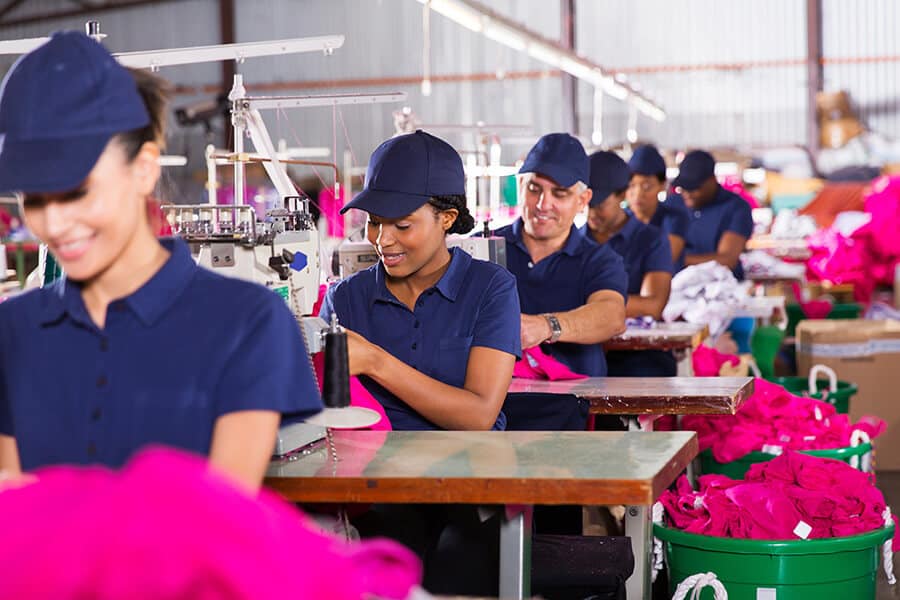
This is probably the easiest step anyone can take, to understand how their clothes are made. First, you can read the clothing labels to see what pieces of information you are getting. You have to look for answers to where the cloth is made, what it’s made of and how to care for it. Knowing which fabrics were used can tell us how long we can expect our clothing to last. But if you don’t find that information in the labels, you can look up the name of the brand you’re wearing online, as you will certainly get some information about the features of the company / brand.
Look for Transparency and Accountability
The most successful and sustainable brands won’t be afraid of revealing their information. Hell, they will instead be proud to inform their consumers about the journey of the clothes they make. So do search for impact reports and information about the factories that these brands use. If that information is not available, don’t be afraid to reach out to them and simply ask the questions you need to have answered. Write an email asking for the direct contact details of the supplier. If you think that is too straight forwarded, then ask them simply:
- Who makes your clothes?
- Where are your clothes made?
- How do you make sure you’re meeting labour standards?
- What are your Corporate Social Responsibility rules?
- Are your employees being paid on time and equally?
- Are there any programs in place for longevity and long-term care?
These, and other questions you may be curious about, can give you clues about what the brand is all about. If they don’t reply, then you’ll know what to do!
Check the Materials Used and Their Sources
Each fabric that is used for clothing impacts the environment in one way or another. So you owe it to the environment to be careful when you look for ethical clothes. You can start by reviewing the company’s ethical guidelines to see where the fabric was initially sourced or knitted. What also matters at this point is whether the fibres used are natural or synthetic. The difference is that natural fabrics like silk, linen, or hemp take less energy to produce. They are even more easily reused in re-cycling compared to synthetic fabrics, which take centuries to disintegrate (or they don’t disintegrate at all).
Check the Vegan/Animal-Friendly Box
Of course you have to explore this topic if you really want to wear sustainably made clothes. Animal rights should be involved, because wearing wool, silk, and fur impacts them directly, in a certainly non-ethical way as their production is unsustainable. When speaking about using leather, unless the leather material is recycled from old car seats, coats, or similar, the clothing is not eco-friendly. Raising and killing animals only to profit from their flesh and skin wastes countless resources and causes significant destruction. So, at this point, you have to decide for yourself whether or not using animal-based products is something that you’re personally okay with.
Buy Locally
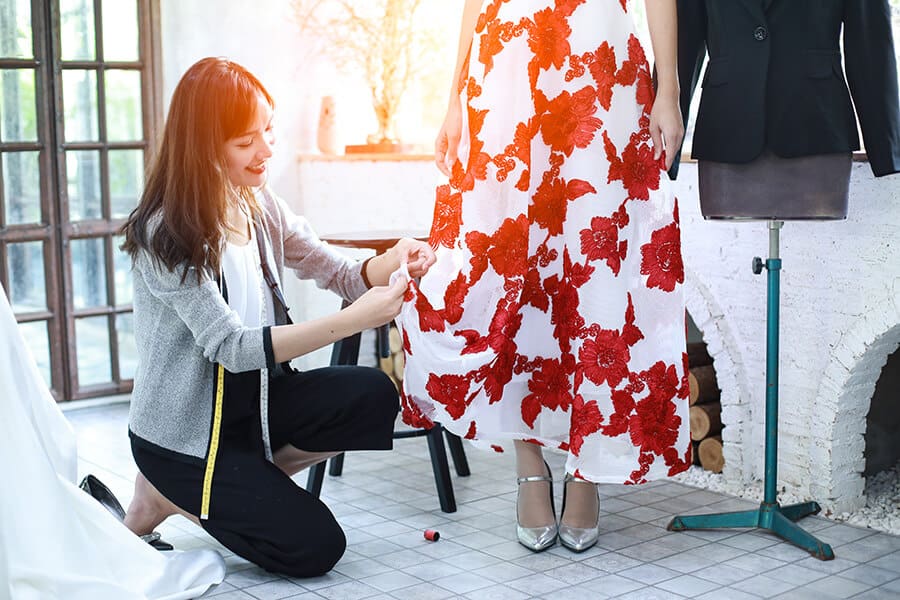
Buying far away from where you live involves a lot uncertainty about what you will be receiving. Alexander Wang and Louis Vuitton products, for instance, are made in China. But have you ever wondered why? That’s because workers in China, Bangladesh, or Cambodia labor in working conditions that a hard to distinguish from slavery. The workers’ pay is very low, and their working hours are severely extended. It is our responsibility to be cautious about buying these luxury brands, and decide to buy from providers in our local hometown or home country instead. This way, you empower local, sustainable brands and have more chances of tracking down the sustainability chain from where you get your clothes.
Also, give thrift stores a chance, too. Besides being sustainable, you will also have the interesting feeling that you’re wearing a person’s life history in a piece of clothing. How cool is that?
Photos: Shutterstock / Photomontages: Martina Advaney
More articles here:
Top 5 Organizations Incorporating Sustainability in their Culture
Support us!
All your donations will be used to pay the magazine’s journalists and to support the ongoing costs of maintaining the site.
Share this post
Interested in co-operating with us?
We are open to co-operation from writers and businesses alike. You can reach us on our email at [email protected]/[email protected] and we will get back to you as quick as we can.
